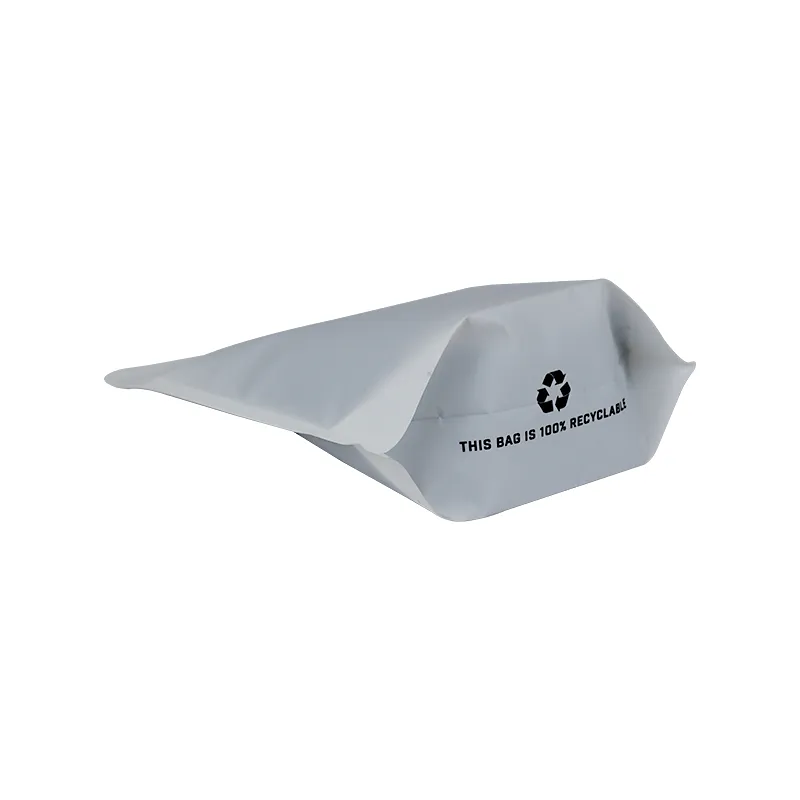pt size to inches
Understanding PT Size to Inches A Comprehensive Guide
In today’s digital age, understanding the relationship between point (pt) size and inches is essential for anyone involved in graphic design, publishing, and printing. The point (pt) is a unit of measurement traditionally used in typography to specify the size of text and the spacing between characters, lines, and other graphical elements. This article will explore what pt size is, how it compares to inches, and why this understanding is crucial for designers and printers alike.
Firstly, let’s break down the basics. A point is defined as 1/72 of an inch. This means that when a typographer specifies a font size in points, they are essentially communicating how tall the characters will be in a given typeface. For example, a font that is set to 12 pt means that the height of the characters is approximately 1/6 of an inch. This measurement is crucial because it helps ensure that the text is readable and appropriate for the intended use—be it a book, a flyer, or an online graphic.
To convert points to inches, one can use a simple formula divide the point size by 72. For instance, if you have a font size of 24 pt, the conversion to inches would be as follows
\[ \text{Inches} = \frac{24 \text{ pt}}{72} = 0
.3333 \text{ inches} \]pt size to inches

This method allows designers to accurately visualize and scale their typography relative to other design elements or physical dimensions.
Understanding the difference between pt sizes is also critical. While a 10 pt type might seem small on a screen, it can appear very different when printed on paper. This discrepancy arises due to various factors, including the medium (screen vs. print), resolution, and even the typeface itself. Some typefaces may have taller ascenders and descenders, affecting the perceived size of the text even though the pt size remains consistent.
Moreover, typographical hierarchy is another important aspect to consider when working with pt sizes. A well-structured design utilizes different sizes and weights of type to guide the reader’s eye through the content. By effectively using variations of pt sizes, a designer can create emphasis, contrast, and flow within the textual content. This can significantly enhance the clarity and appeal of printed materials, making the content not only more engaging but also easier to digest.
When preparing a design for print, working with a precise pt size is integral to achieving the desired outcomes. Printers rely on these measurements to ensure that text appears sharp and well-proportioned on the final product. This attention to detail becomes even more crucial when dealing with larger formats or specialized printing techniques, where even slight variations in size can lead to detrimental results.
In conclusion, understanding the conversion between pt size and inches is a fundamental skill for anyone in the design and printing industry. Whether you are setting the type for a magazine article, designing a poster, or creating a digital graphic, knowing how to manipulate and convert these measurements allows for greater control over your work and ensures that your final output meets professional standards. As technology continues to evolve, proficiency in these basic principles will remain invaluable for creating visually stunning and effective designs.













